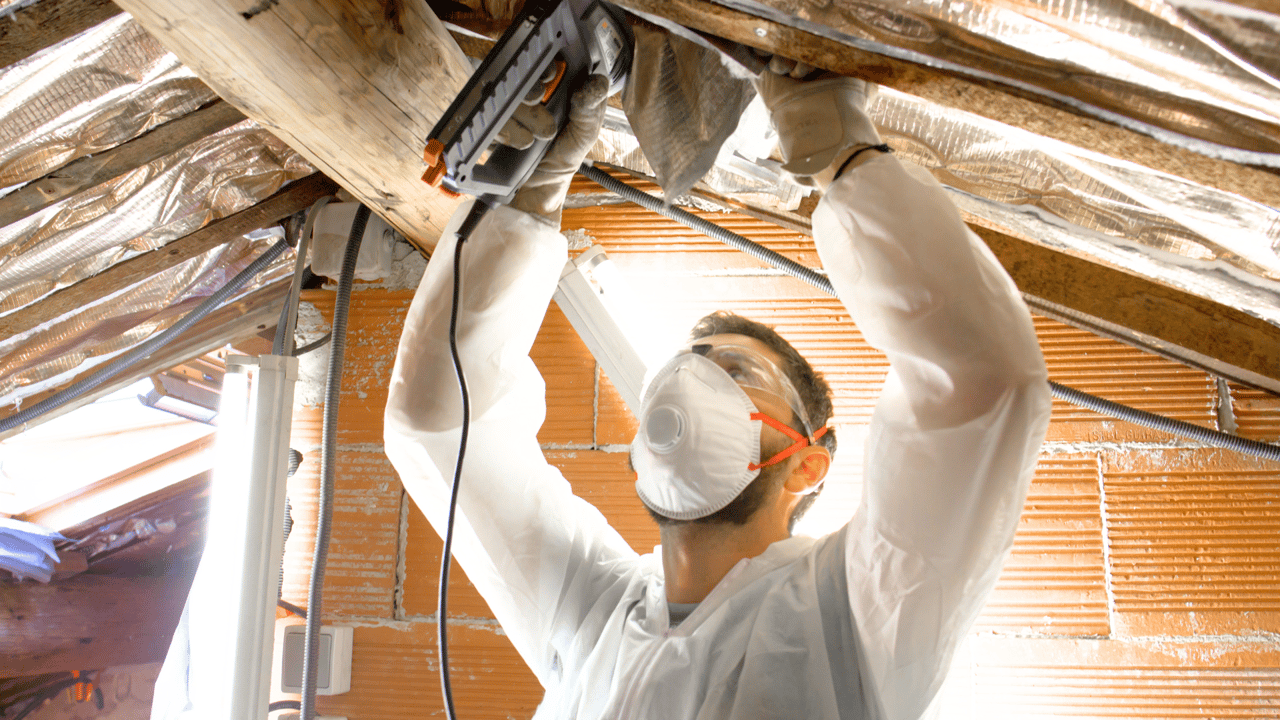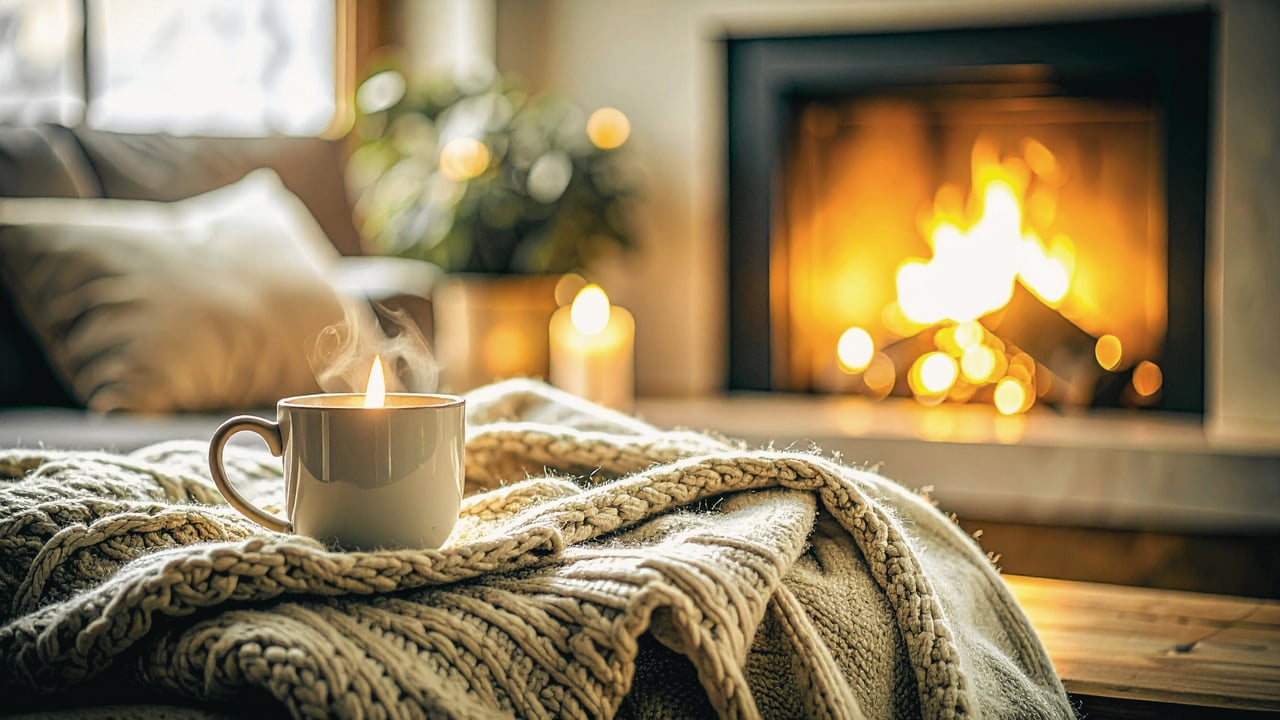It’s time to prepare your home for the colder months. Proper winterization can help you save on energy bills, keep your home cozy, and prevent potential damage from harsh weather. Here are some essential tips to effectively winterize your home.
1. Check Your Insulation
Start by assessing your home’s insulation. Check the attic, walls, and floors for adequate insulation to keep warmth in and cold out. Adding insulation where needed can significantly reduce your heating costs.
2. Inspect Your Heating System
Before the cold sets in, schedule a professional heating system inspection. Clean or replace filters, check for issues and ensure your furnace runs efficiently. If you have a fireplace, clean the chimney and confirm that the flue is functioning correctly to avoid dangerous situations.
3. Seal Windows and Doors
Drafty windows and doors can lead to significant heat loss. Use caulk or weatherstripping to seal any gaps. Consider installing thermal curtains to add an extra layer of insulation. For added protection, window film can help insulate and reduce heat loss.
4. Protect Pipes from Freezing
Frozen pipes can burst and cause extensive damage. Insulate exposed pipes in unheated areas, like basements and attics, to prevent this. Allow faucets to drip slightly during extreme cold to keep water moving. Additionally, make sure to disconnect garden hoses and drain outdoor spigots.
5. Check Your Roof and Gutters
Inspect your roof for any damaged shingles or areas that need repair. Clogged gutters can lead to ice dams, which can damage your roof and lead to leaks. Clean your gutters thoroughly and ensure downspouts direct water away from your home’s foundation.
6. Test Smoke and Carbon Monoxide Detectors
Winter often means increased use of heating systems and fireplaces, which can raise the risk of fire and carbon monoxide poisoning. Test all smoke and carbon monoxide detectors, replacing batteries as needed. If you don’t have detectors, consider installing them in critical areas of your home.
7. Prepare for Power Outages
Winter storms can lead to power outages, so being prepared is wise. Stock up on essential supplies such as flashlights, batteries, non-perishable food, and bottled water. Consider investing in a portable generator to keep essential appliances running during outages.
8. Winterize Your Landscape
Protect your outdoor plants and landscaping from harsh winter weather. Mulch around plants to retain moisture and insulate roots. Bring potted plants indoors if possible, or cover them with burlap to shield them from the cold. Trim any dead branches that could pose a risk during storms.
9. Adjust Your Thermostat
Consider investing in a programmable thermostat. Lowering your thermostat by a few degrees while you’re away or sleeping can lead to significant energy savings. Just remember to set it to a comfortable temperature when you’re home!
10. Stock Up on Winter Supplies
Finally, be ready for snow and ice by stocking up on winter supplies. Keep shovels, ice melt, and salt handy for walkways and driveways. These supplies can help ensure safety and accessibility during winter weather.
Winterizing your home is an essential step in preparing for the colder months. By following these tips, you can create a warm and safe environment while also protecting your home from potential damage. Take the time now to prepare, and you’ll be able to enjoy the beauty of winter without the stress of unexpected issues. Stay warm!



